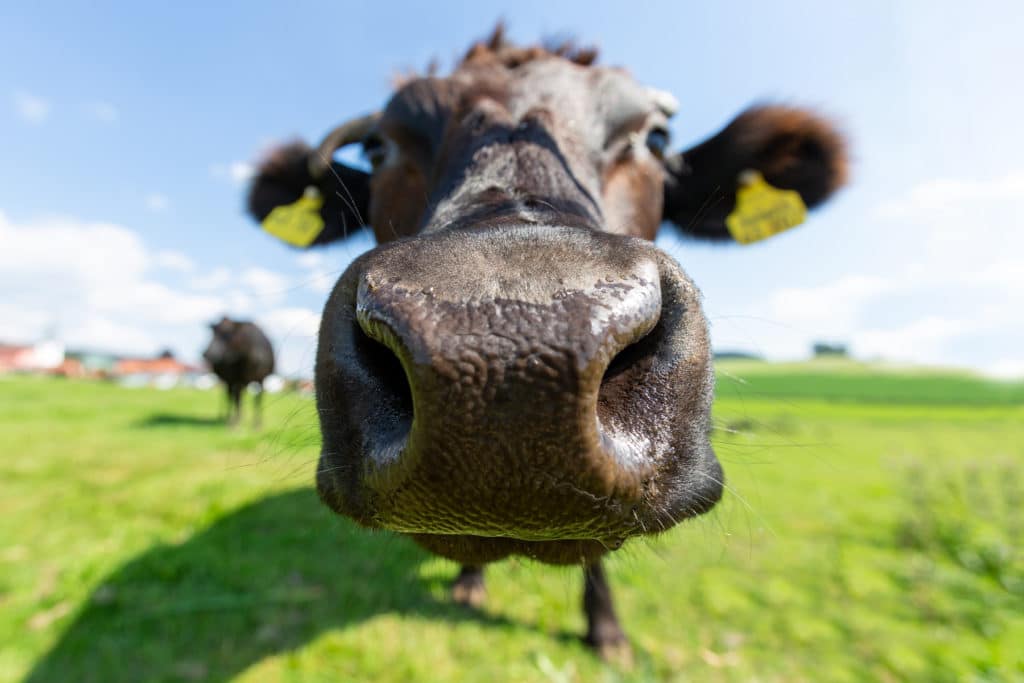If you are an experienced Wagyu consumer (whether as a chef or a diner), you already know that the official grades, such A5 and B4, have little to do with the actual taste of the meat. To refresh your memory, read about how the grading system was created and 3 Reasons Why You Should Never Serve or Eat an A5 Wagyu Steak.
What, then, determines the taste of Wagyu? 5 main factors:
1. Brand
Depending on how you count, Japan has somewhere between over 150 to over 320 Wagyu brands. Many brands have strict qualification standards and detailed rearing manuals. Therefore, the brand name gives you a lot of information about how your Wagyu was raised.
2. Feed
As part of their branding strategy, producers differentiate themselves by feeding their Wagyu cattle differently. Some feel their cattle herbs while others mix in grape sediments from winemaking. The variations are endless. The unique feed mixes are reflected in the flavor of the meat.
3. Environment
Some Wagyu live in snow-covered mountains, whereas others enjoy tropical ocean breezes; Some roam volcanic terrains, whereas others indulge on music and artificial minus ions indoors. It goes without saying that the environmental elements play a crucial role in the taste of the Wagyu meat.
4. Vintage
Just like wine, the vintage of Wagyu (the age of the animal at the time of slaughtering) can make a big difference in the taste. Older Wagyu have a more profound taste, while younger ones tend to be milder and more tender. The average vintage of Japanese Wagyu is 28-30 months, but you can find vintages anywhere from approximately 2 years to over 11 years.
5. Gender
Most Wagyu beef produced in Japan are from heifers or steers because of their tender texture and sweet flavor. Between the two genders, however, heifers are preferred because they contain higher levels of unsaturated fatty acids and lower melting temperatures. Occasionally we work with older cows, but almost never bulls due to the tougher texture and off-putting taste.
There is so much more to each of these factors. If you are a culinary professional interested in finding the most suitable Wagyu for your menu, chat with us!

